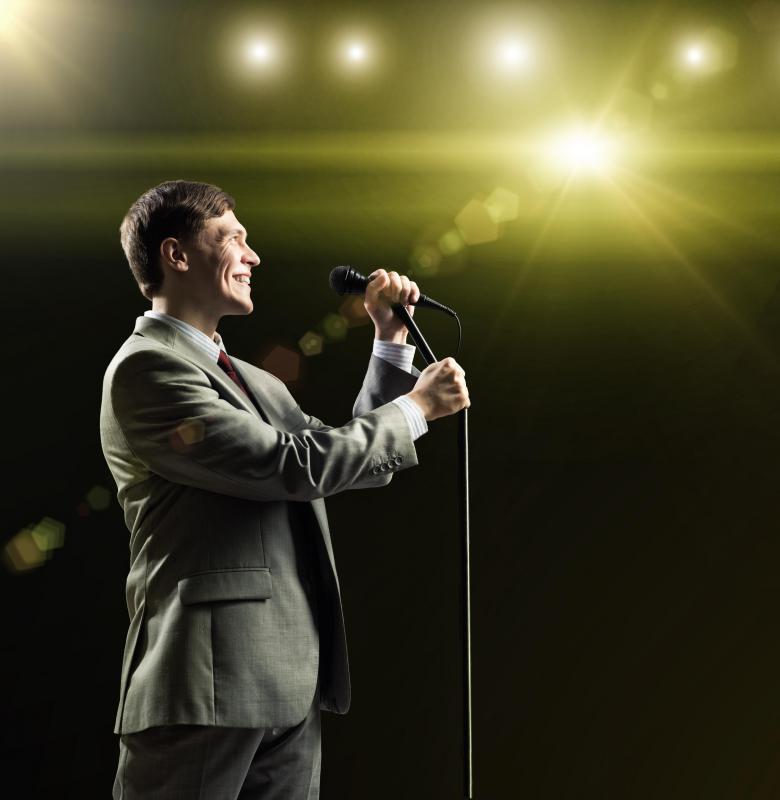At WiseGEEK, we're committed to delivering accurate, trustworthy information. Our expert-authored content is rigorously fact-checked and sourced from credible authorities. Discover how we uphold the highest standards in providing you with reliable knowledge.
What Are the Different Types of Telescope Adapters?
Capturing everything from elusive birds to deep sky imaging, telescope adapters bring distant objects into sharp relief for photography. These are attachments that allow telescopes to function as lenses for digital single lens reflex (SLR) cameras. Referred to as prime focus couplings, adapters usually attach to camera focusers with the aid of threaded connectors called T rings. Varieties can include digital, binocular, and eyepiece projection types; others consist of universal, digital camera base (DCB), and telephoto varieties.
Narrow T ring adapters may combine cameras with spotting scopes in order to make rapid transitions between looking and shooting. In addition, zoom, or telephoto processes, can increase field of view, bringing distant objects closer into the image frame. Some adapters fix cameras directly to the eyepieces of scopes.

Telescope adapters are sometimes characterized by the type of threads that they use. T rings have standard threads, sporting either male or female threads. Some are universal, while others are camera-model specific. They may also be described according to size and how they couple cameras with scopes, such as with snap-in designs.
Eyepiece projection refers to the method of aiming a camera directly into the eyepiece of a scope. Photography that relies on this direct attachment to the telescope eyepiece is called afocal photography. The various types of afocal photography help determine the special uses of telescope adapters. For example, film and digital afocal photography, daytime, and astrophotography all require certain specifications designed expressly for these purposes.

Universal camera adapters are telescope adapters that work with most types of digital SLR cameras, and permit quick changes from viewing to photography. Digital camera telescope adapters may snap in for quick photographic opportunities. These types may feature optical or digital zoom capabilities. Telephoto adapters unite the photographic lens and telescope functions into a single tube. These powerful single units simplify and extend the capabilities of most digital or film SLR cameras.

DCB types permit rapid switching between modes and attach via tripod threads to provide support and stability. These types may feature optical zoom and handles for manual positioning and adjustment. On a simpler scale, some telescope adapters resemble binoculars: one tube permits viewing while the other attaches directly to the camera ring. This short, quick solution overcomes distances with an intuitive handheld configuration.
Using telescope adapters, photographers get higher-quality shots with greater detail over long distances. Telephoto lenses can be expensive, and telescope adapters offer a powerful alternative for photographers wishing to extend their aim. These units come in a range of sizes, from rings to tubes of specific measures, and they differ in how they thread or snap into cameras. Some may require the purchase of additional components, like thread rings.
In terms of photography, these adapters make achieving the right distance and focus a bit more challenging, to avoid vignetting, or reduction of brightness at the edges, and other undesirable photographic effects. Their far-reaching abilities may more than make up for these challenges, however. Using these devices, photographers can capture more compelling closeups of things that would otherwise escape the eye.
AS FEATURED ON:
AS FEATURED ON:













Discuss this Article
Post your comments